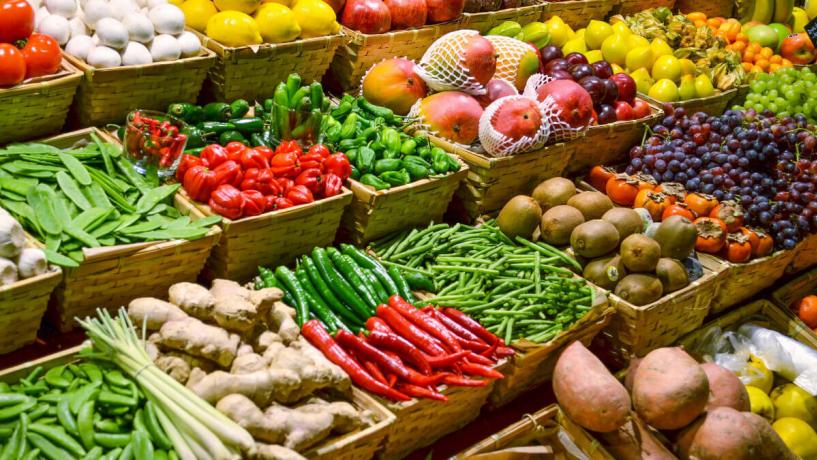
In the ever-changing consumer market, attitudes towards food and food safety have altered drastically in recent years. The demand of the modern Australian consumer has had positive and negative impacts on the food industry, presenting both opportunities and risks for food safety. These are a few of the emerging food safety and consumer trends of 2016.
Natural, Organic, Locally Sourced Food
The modern, health conscious Australian consumer has a strong demand for natural, organic, locally sourced food products. The diet of many Australians has seen a change in preference from food that is tasty to food that is healthy and nutritious. In fact, according to studies conducted by Ipsos, the top five food priorities for Australians in 2016 are:
- eating more fresh fruit and vegetables (40%),
- smaller portion sizes (31%),
- reducing sugar intake from food (24%),
- eating healthier snacks (23%)
- and cutting down on fat (23%).
As newer, more nutritious food products enter the market, more complex food safety practices also emerge.
There is a growing concern for chemicals in food products with some consumers in the USA requesting that additives be removed from their processed meat despite the additives inhibiting Listeria growth .
Also, the demand for raw/unpasteurized milk has grown, but raw milk products are 150 times more likely to cause health issues than their pasteurized counterparts. These trends put food producers in a difficult situation in which they are forced to create new products that satisfy consumer desire but also meet federal and local food safety requirements.
Ready-to-eat Food
The emergence of two income families has led to fewer meals being prepared at home and convenient, ready-to-eat food products have spiked in popularity in accordance with busier lifestyles. This creates a variety of issues for food production and food safety as ready-to-eat foods are the most affected by recalls.
To create these types of food safely and efficiently, complex production processes are required, often with ingredients from different suppliers merging together on a ‘just in time’ basis. Food producers in this area require particular attention to detail if they wish to avoid the dissemination of foodborne illness.
Knowledgeable Consumers
The accessibility of mass media to everyday consumers has led to an increased awareness of food safety issues. Through social media especially, the spread of food recall articles and food safety horror stories has led consumers to question the food that they are eating and the companies that produce it.
For this reason it is required more than ever for food companies to be transparent with their food safety and production process if they wish to retain a skeptical consumer base.
Animal Protein and Dairy
In keeping with the demands of the health conscious consumer, a greater demand for animal protein and dairy is also emerging.
Animal products can pose a variety of threats for supply chains as bacteria found in the products have the potential to cause foodborne illness.
The global increase in demand for animal protein has added extra pressure to farmers, requiring certain farming practices to be implemented.
The new practices used to respond to the growing demand have the potential to allow the transmission of foodborne parasites, leading to the spread of foodborne illness.
Ageing Population
An ageing population puts older consumers at greater risk to foodborne illness. With weaker immune systems older adults are made more vulnerable to illness from food pathogens. With age, the impact and severity of these illnesses increases dramatically.




